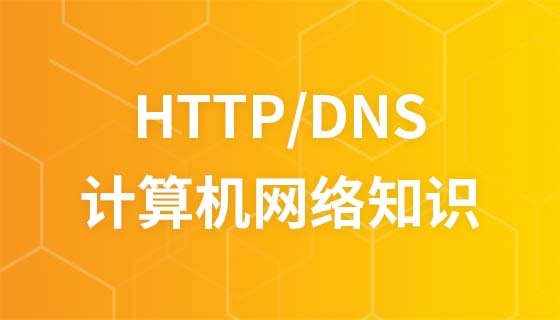
Course Elementary 9424
Course Introduction:In today's Internet era, many people want to enter the IT industry, and then they start to crazily learn C/C++, python, Java and other languages. They have learned a lot of languages, but when it comes to actual projects, they still know nothing. I think many novices think that the more languages ??they learn, the better, but this is not the case. Until later, I got inspiration from some big guys. For novices, computer network knowledge is the most important than the language itself.

Course Elementary 4347
Course Introduction:If you have any questions, add WeChat: Le-studyg; this course is an in-depth exploration of the internal working principles of computer systems. It starts from the macro application level and gradually goes down to the bottom of the hardware, revealing how all levels of the computer system work together. By studying this course, students will master the entire process from application software to hardware implementation, laying a solid foundation for future technology research and development and innovation.

Course Elementary 4077
Course Introduction:If you have any questions, add WeChat: Le-studyg; This course is an in-depth analysis of the core concepts, principles and ideas of computer programming languages. By studying this course, students will master the basic elements of programming languages, understand the advantages and disadvantages of different programming paradigms, and the philosophical ideas of programming languages. This course focuses on the combination of theory and practice, cultivating students' programming thinking and practical abilities, and laying a solid foundation for future study and career.

Course Elementary 18283
Course Introduction:On the basis of introducing the computer network architecture, it systematically explains the main services, working principles, common technologies and protocols at each level of the network architecture from top to bottom, taking the Internet as an example, including the application layer, transport layer, network layer, Data link layer and physical layer, and finally network security principles and protocols.

Course Elementary 4864
Course Introduction:If you have any questions, please contact WeChat: Le-studyg; This course takes the technical power of personal computers as the core and deeply explores its important position and value in today's information society. The course will analyze the development history of personal computer technology and the impact of technological changes on daily life and work patterns. Through case analysis, students will understand how to effectively use personal computer technology to solve practical problems and improve work efficiency. At the same time, the course will also look into future technology trends and provide students with strategies and suggestions to stay competitive in the ever-changing technological environment. Let us delve into the power of personal computer technology, grasp its development context, and prepare for future technology applications and innovations.

Course Elementary 13766
Course Introduction:Scala Tutorial Scala is a multi-paradigm programming language, designed to integrate various features of object-oriented programming and functional programming.

Course Elementary 82276
Course Introduction:"CSS Online Manual" is the official CSS online reference manual. This CSS online development manual contains various CSS properties, definitions, usage methods, example operations, etc. It is an indispensable online query manual for WEB programming learners and developers! CSS: Cascading Style Sheets (English full name: Cascading Style Sheets) is an application used to express HTML (Standard Universal Markup Language).

Course Elementary 13141
Course Introduction:SVG is a markup language for vector graphics in HTML5. It maintains powerful drawing capabilities and at the same time has a very high-end interface to operate graphics by directly operating Dom nodes. This "SVG Tutorial" is intended to allow students to master the SVG language and some of its corresponding APIs, combined with the knowledge of 2D drawing, so that students can render and control complex graphics on the page.

Course Elementary 24589
Course Introduction:In the "AngularJS Chinese Reference Manual", AngularJS extends HTML with new attributes and expressions. AngularJS can build a single page application (SPAs: Single Page Applications). AngularJS is very easy to learn.

Course Elementary 27445
Course Introduction:Go is a new language, a concurrent, garbage-collected, fast-compiled language. It can compile a large Go program in a few seconds on a single computer. Go provides a model for software construction that makes dependency analysis easier and avoids most C-style include files and library headers. Go is a statically typed language, and its type system has no hierarchy. Therefore users do not need to spend time defining relationships between types, which feels more lightweight than typical object-oriented languages. Go is a completely garbage-collected language and provides basic support for concurrent execution and communication. By its design, Go is intended to provide a method for constructing system software on multi-core machines.
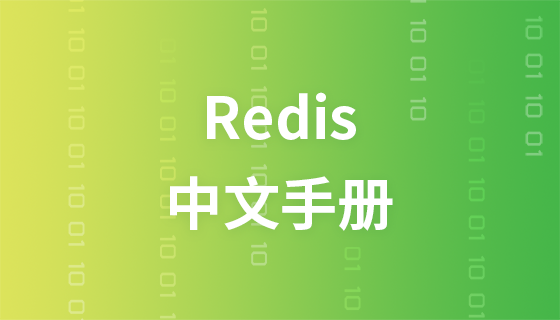
Course Elementary 57891
Course Introduction:"Redis Command Operation Chinese Manual" is the latest official Redis online reference manual. Redis is an in-memory cache database. This manual contains various Redis operation commands with Chinese explanations. You will learn to master the efficient use of Redis in the data server. It is a must-have online query for Redis learning and users. Refer to the documentation tutorial!
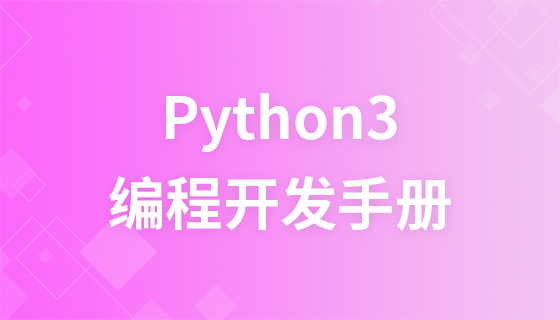
Course Elementary 87574
Course Introduction:"Python 3 Tutorial" The 3.0 version of Python is often called Python 3000, or Py3k for short. This is a major upgrade compared to earlier versions of Python. In order not to bring too much burden, Python 3.0 was not designed with backward compatibility in mind. Python language is very simple and easy to use for beginners and to complete common tasks.
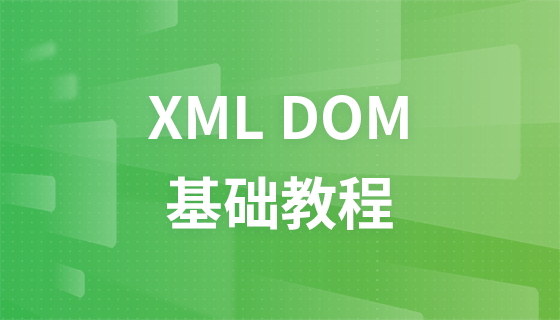
Course Elementary 21052
Course Introduction:"XML DOM Tutorial" XML DOM defines a standard method for accessing and manipulating XML documents. DOM treats an XML document as a tree structure, with leaves defined as nodes. If you want to use XML, you need to understand the XML DOM.
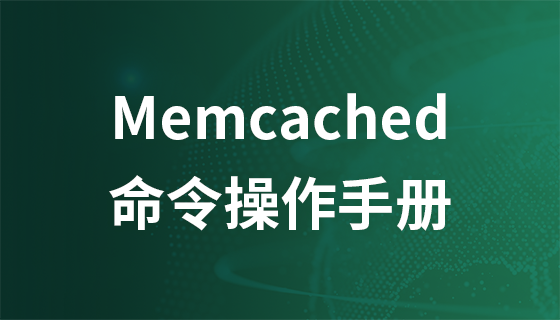
Course Elementary 17794
Course Introduction:"Memcached Command Operation Manual" is the latest official Memcached online reference manual. In this Memcached document, various Memcached operation commands are provided with Chinese explanations. You will learn how to use Memcached to reduce database load and improve performance. It is a must-have online query reference document tutorial for Memcached learners and users!
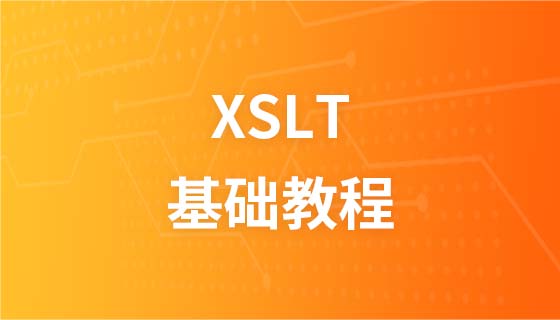
Course Elementary 9838
Course Introduction:"XSLT Tutorial" XSL refers to the EXtensible Stylesheet Language (EXtensible Stylesheet Language), which is a stylesheet language for XML documents. XSLT refers to XSL Transformation. In this tutorial, you will learn how to use XSLT to transform an XML document into another document, such as XHTML.
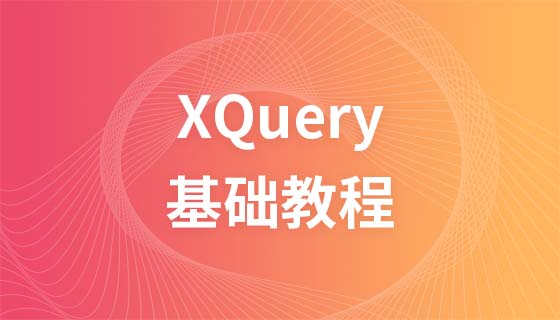
Course Elementary 9169
Course Introduction:"XQuery Tutorial" XQuery is to XML what SQL is to databases. XQuery is designed to query XML data.
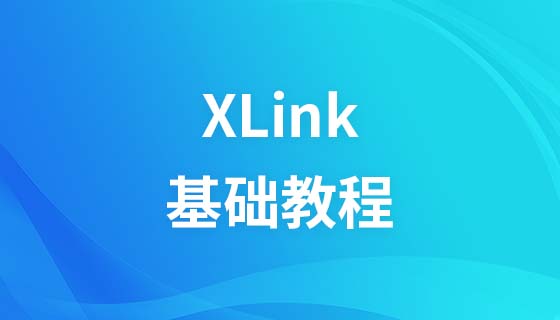
Course Elementary 8604
Course Introduction:XLink defines a standard way to create hyperlinks in XML documents. XPointer allows these hyperlinks to point to more specific parts (fragments) in the XML document.
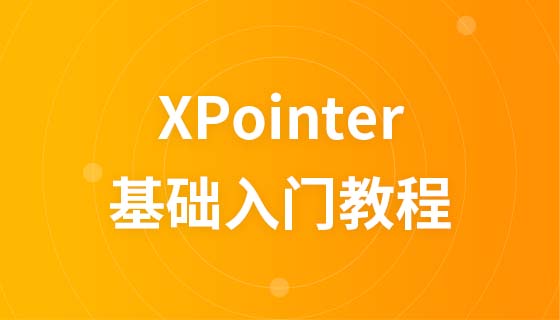
Course Elementary 8226
Course Introduction:XLink and the XPointer Tutorial XLink defines a standard way to create hyperlinks in XML documents. XPointer allows these hyperlinks to point to more specific parts (fragments) in the XML document. Start learning XLink and XPointer now! Table of Contents Introduction to XLink and XPointer This chapter explains the concepts of XLink and XPointer. XLink and XPointer syntax XLink and XPointer syntax
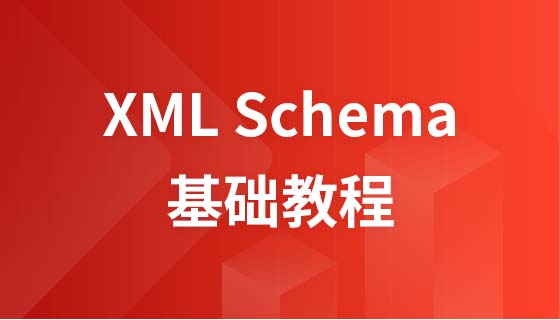
Course Elementary 10989
Course Introduction:"XML Schema Tutorial" XML Schema describes the structure of an XML document. In this tutorial, you'll learn how to read and create the XML Schema language in your applications, why XML Schema is more powerful than DTDs, and how to use XML Schema in your applications. Start learning XML Schema now!

Course Elementary 22372
Course Introduction:Design pattern (Design pattern) is a set of classified and cataloged summary of code design experience that is used repeatedly, known to most people. The purpose of using design patterns is to reuse code, make the code easier to understand by others, and ensure code reliability. There is no doubt that design patterns are win-win for ourselves, others, and the system; design patterns make code writing truly engineering; design patterns are the cornerstone of software engineering, just like the structure of a building.